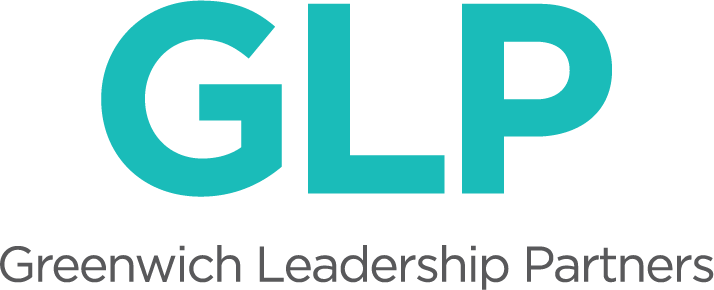Imagine a new Executive Director, President, CEO, or Head of School as they enter their new role: who to meet, what to learn, how to get up to speed? Imagine a current leader, balancing the demands of their external-facing activities, an active board, and the day to day strategic operations of their organization. Whatever the context, every leader needs a trusted wingperson navigating alongside them -- a Goose to their Maverick.
Many years ago, I suggested to a Head of School that the creation of an executive office is what’s needed to thrive in leadership. Build the office around a Chief of Staff (CS) to the Head (or CEO) who might then manage a shared administrative assistant for the inner team. Further, I imagined the CS role as a coveted leadership development position -- perhaps a 2-3 year role for aspiring heads. He liked the idea in concept, but couldn’t imagine a break from the traditional organization.
Now, more than ever, I think this model has a lot of advantages:
It directly supports, at the strategic level, the expanded and increasingly complex responsibilities of modern school and not for profit executives
It presents an opportunity to build an economically sustainable and strategically coherent way to address key activities that often get distributed to new positions and/or spread across multiple leaders (organizational sprawl)
I creates a leadership development pathway currently unavailable in most schools and NFPS
It expands capacity, and increases support, for leaders in any context
Let’s start with the distinctions between an executive assistant (EA) and a chief of staff (CS). Both jobs are important – and to be clear, a highly competent and seasoned EA often functions, at least in part, like a Chief of Staff. There are a few key differences in my conception that really matter, highlighted by the descriptions of each role.
What does an EA do?
An EA is largely a trusted gatekeeper - with a clear understanding of how to both protect and manage the time of a leader by coordinating their schedules and keeping them connected and on track on a daily basis. EA’s have strong executive function, are organized, and attentive to detail. EA’s, like a chief of staff, are a “vault” and are able to protect sensitive or confidential matters with elegance.
What does a CS do?
Like an EA, a CS ensures a leader is prioritizing time well - but the CS has an enterprise-wide sense of where a leader’s expertise, skills, and strategic vision have the greatest impact. Moreover, a CS can coordinate the strategic priorities of the organization and support execution by interfacing with senior leaders and trustees, driving agendas, and facilitating open communication and productive collaboration. A successful CS is a facile negotiator, project manager, and pattern detector -- able to facilitate productive work and help a leader navigate dynamics and tensions that impact progress and culture. The CS operates with agency and autonomy often interfacing internally and externally as a representative of leadership. Because a CS operates at the intersections of the organization and its primary functions, they quickly build knowledge, expertise and experience that most individuals can’t access. And the extraordinary access to leadership exposes them to a broader context for mentorship, problem solving, and coaching than a functional leader might experience. By definition, to be successful the CS must demonstrate the ability to build good will, trust, and strong supportive networks. An added benefit? The CS works on long term projects and helps the EA and other assistants make day to day decisions in support of the bigger picture - creating a more efficient system of support in the executive suite.
How might your life as a leader be different with a great CS? How might your organization benefit?





